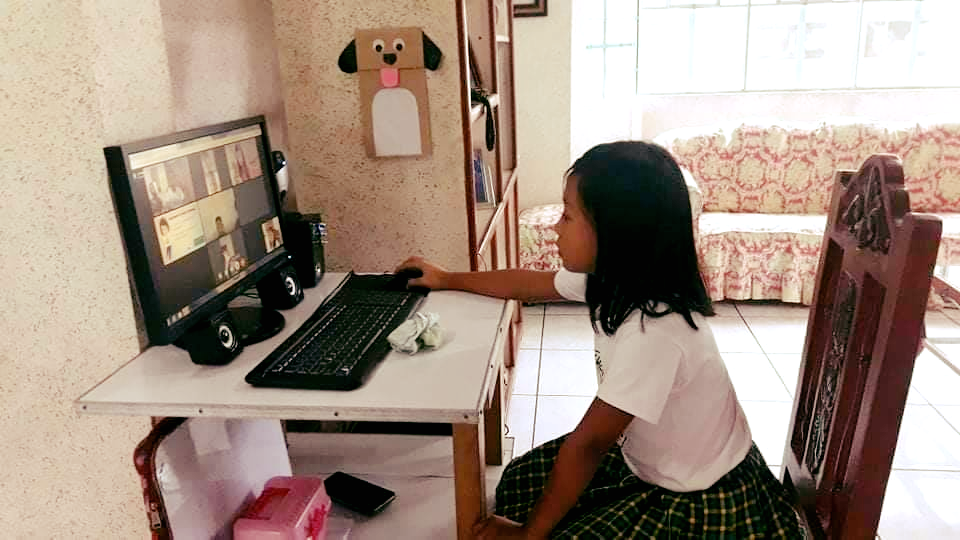Private school teachers have accepted pay cuts as the number of enrolled students dwindled amid the COVID-19 pandemic, which has left millions of Filipinos unemployed.
Joseph Noel Estrada, the managing director of the Coordinating Council of Private Educational Associations, said today that enrollment has shrunk by almost 30% compared to the number registered last year.
“It’s so low. That’s the problem. We are ready to deliver [our services], we are ready for the challenges, but the problem is that enrollment is so low. [There’s] only 1.2 million [students enrolled] while last year it was 4.3 million in private schools,” he told ABS-CBN’s Teleradyo in English and Filipino.
Read: Final Answer? Education Dep’t moves reopening of classes to October
Estrada said that the crisis had led some owners to shut down their schools, while others are planning to do the same.
“A lot are thinking of stopping their operations. Quite a number have closed down. But they are hoping that the numbers improve before the enrollment period ends. After that, they can assess whether to hold on or lay off some of their employees,” he said.
He said some teachers have had to accept pay cuts due to the lack of students.
“There are some of them who are really dedicated to their work. They understand. Some of them are on a ‘no work, no pay’ scheme, some of them had their pay reduced. That’s why we are determined to reopen because of them. They understand that this is an alternative to closing down the school,” Estrada said.
Read: No face-to-face learning until COVID-19 vax is available, says Education Secretary
Meanwhile, the Department of Education clarified yesterday that private schools could reopen any day before Oct. 5, the scheduled resumption of classes in public schools. Education Undersecretary Tonisito Umali said, however, that these schools could offer classes if all interactions are just limited to online learning, The Philippine Daily Inquirer reported.
Education Secretary Leonor Briones has said that there will be no face-to-face classes in schools until a COVID-19 vaccine becomes available. Students will rely on blended learning, a method where education is delivered through the combination of various media. However, critics have said that blended learning is out of reach for most underprivileged families who cannot pay for gadgets or a reliable internet connection.




